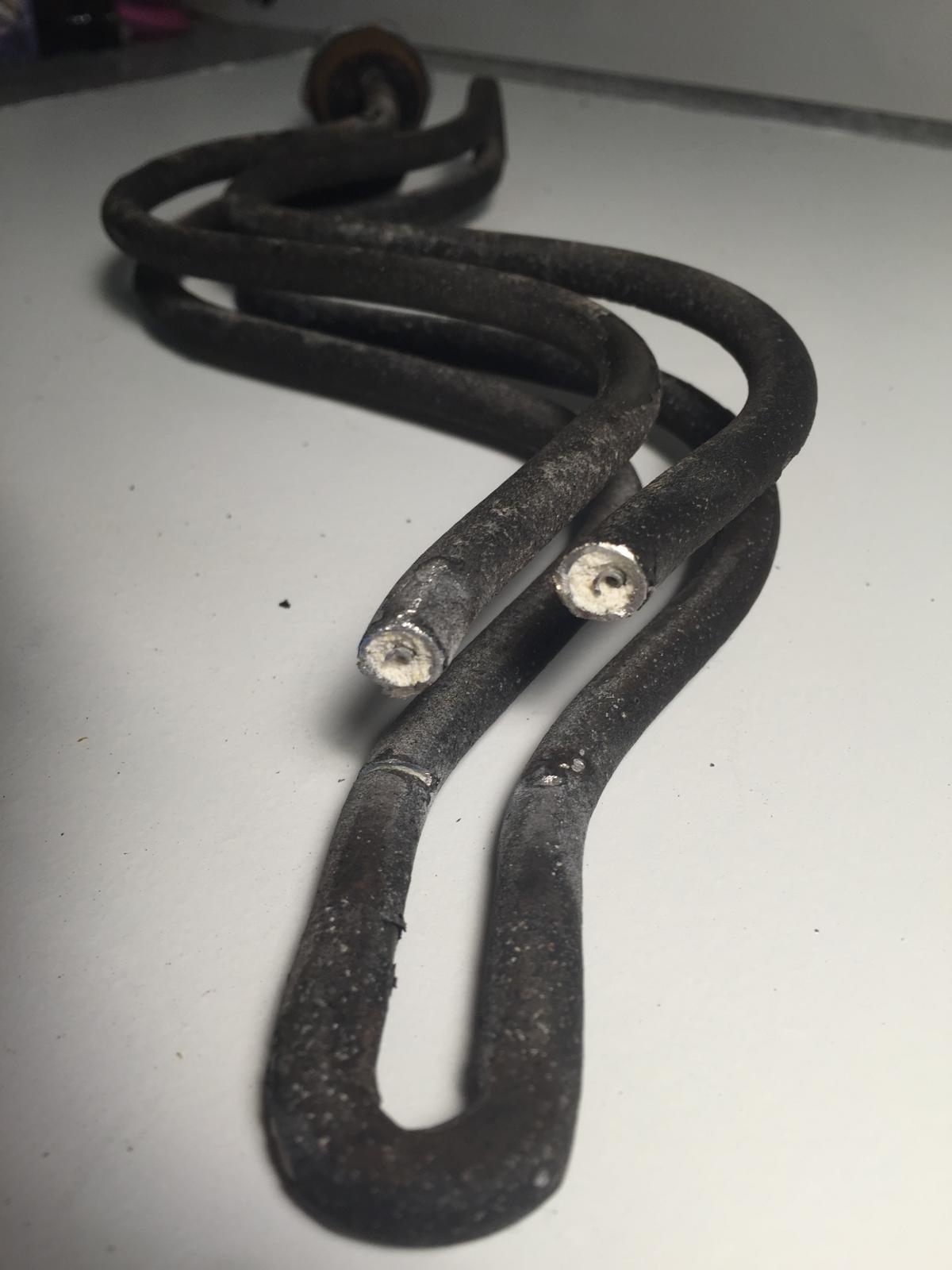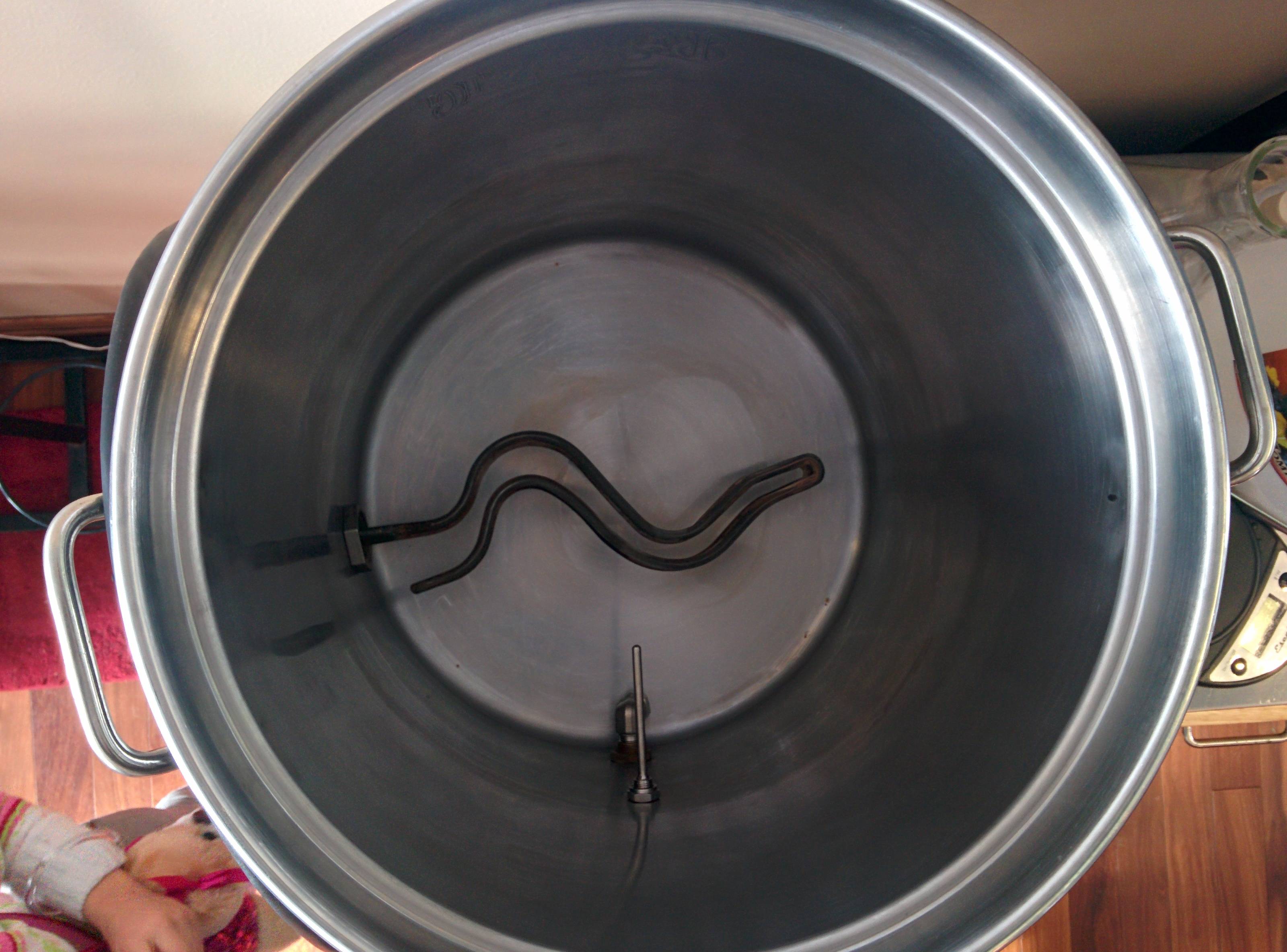You are relentless on this augie, you said I got defensive but that isn’t the case, you even quoted a sample of my text and said you corrected it when in fact you changed it to be wrong.
I put:
“So if the same material is used to make both elements, the 4500w and the 5500w they either HAVE to be different sizes or HAVE to have different wattages. There is no other option.”
This is true factual statement, and you changed it to:
“So if the same material is used to make both elements, the 4500w and the 5500w they either HAVE to be different sizes or HAVE to have different watt Densities. There is no other option.”
Which is not correct, if the same material is used to make both elements they have to be either different sizes or different wattages NOT WATT DENSITITES, in the case of the CAMCO 4500/5500 they are different size elements within the same housing, a fact which I was unaware of.
You are referring to the outer housing of the element, not the element itself, and that is what caused all the confusion in the thread but the way you repeatedly look to cast blame on who is right and who is wrong in every post is not helpful at all and does not encourage a forum for discussion. We were arguing two different things, the element is what is inside the housing, it was as simple as knowing that there are multiple different size elements within the same housing.




























































